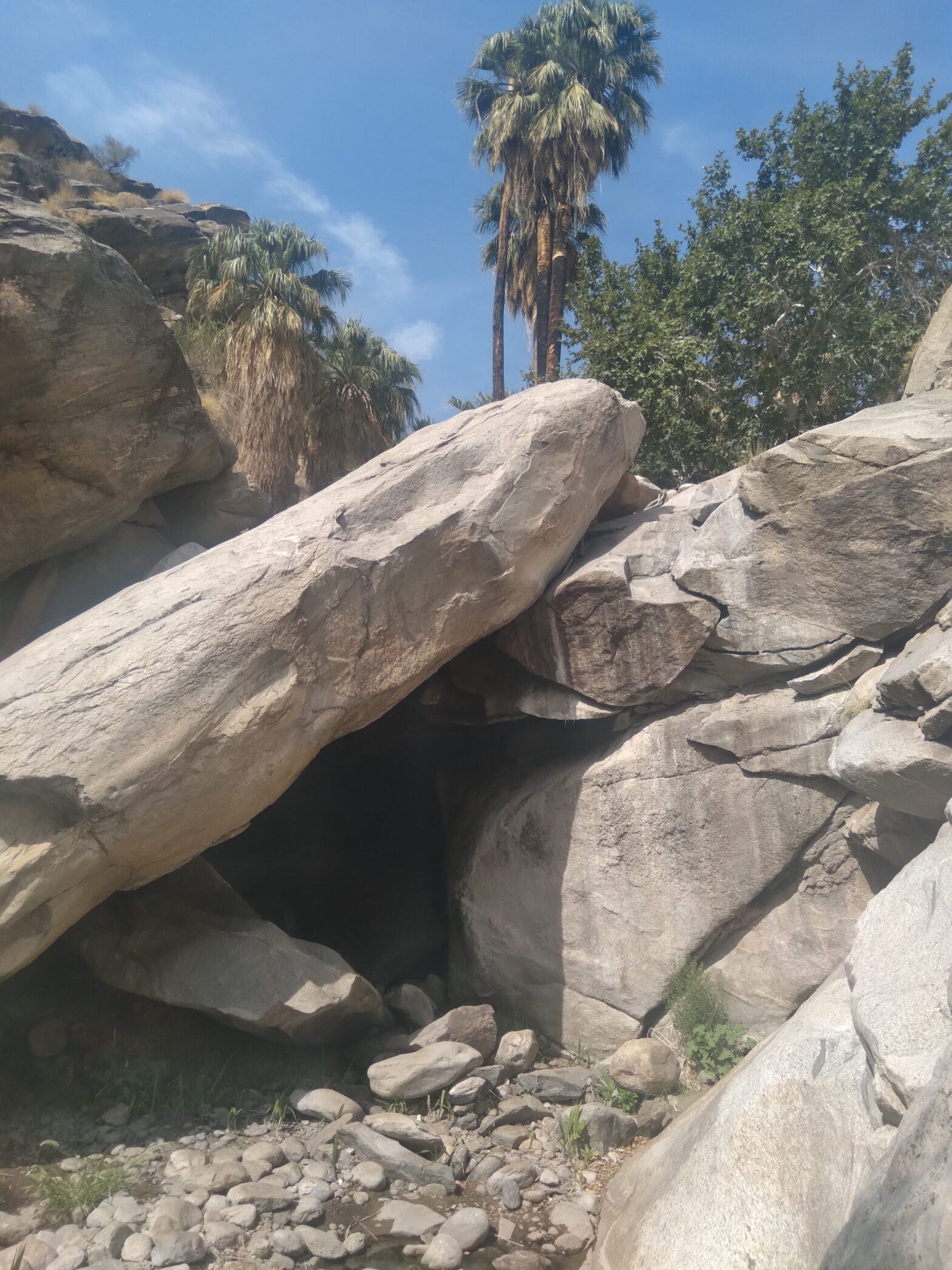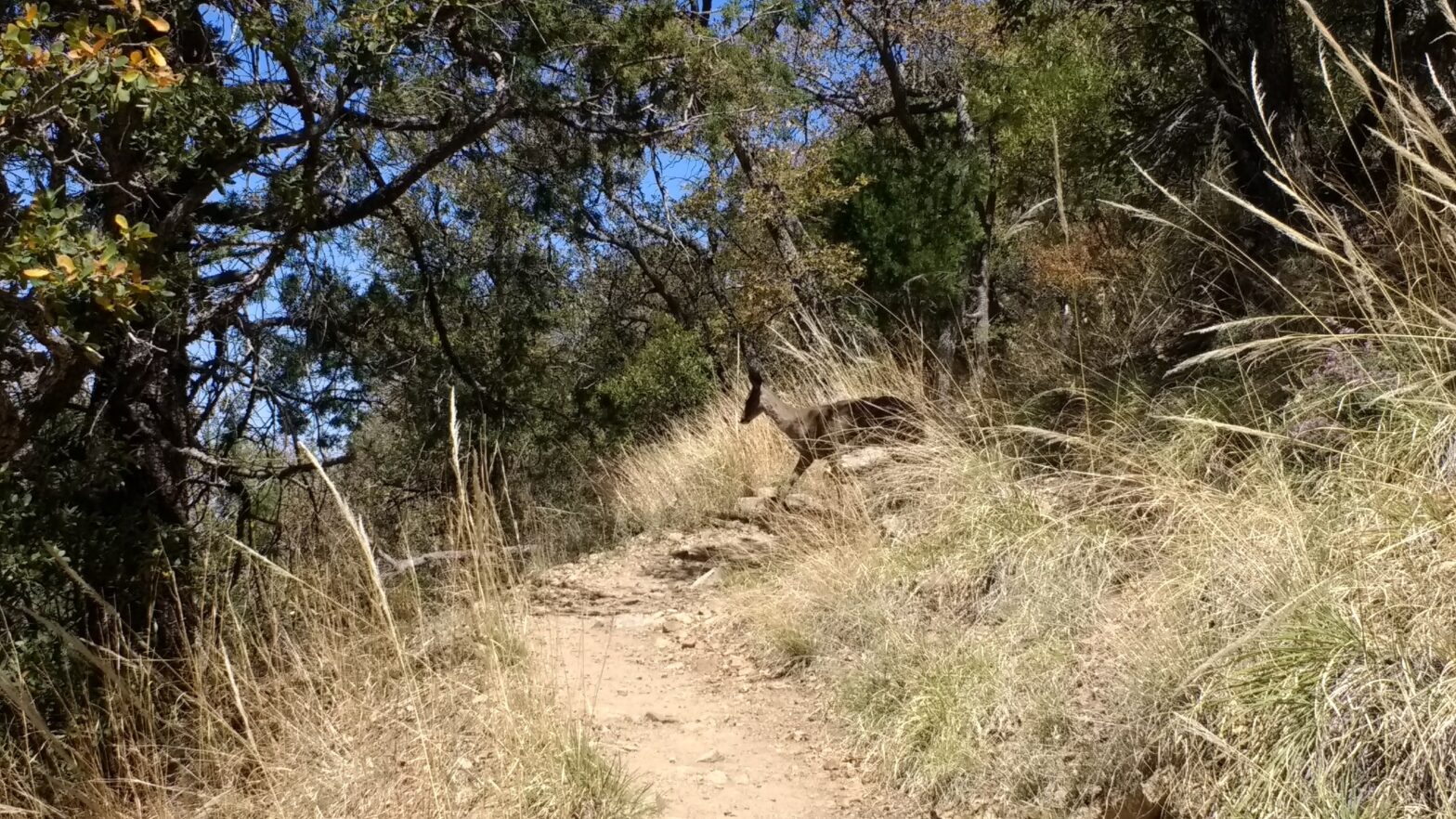As a tactical athlete you are frequently exposed to low level blasts. It is important to know that cumulative exposure to these subconcussive blasts can slowly chip away at your performance and brain health. An important study out of Walter Reed Medical Center has looked at the impact of blast exposures on active duty military… Continue reading Know Your Neurotrauma: Blast Exposures
Author: Dani Fennerty
Execution With Divided Focus
As a tactical operator you often encounter situations where you have a divided focus. A divided focus requires quick, accurate eye movements between multiple targets. This utilizes a part of the visual system called saccades. To execute at a high level in a condition of divided focus your saccadic eye movements will need the following:… Continue reading Execution With Divided Focus
Target Following: The Breakdown
Target following requires the use of your visual smooth pursuit system. Our best understanding of this part of the visual system is that it uses speed and direction to track the target. Think of tracking a plane moving through the sky. If that plane goes behind a cloud, you are still able to anticipate when… Continue reading Target Following: The Breakdown
Want Faster Reaction Times? Ask Yourself These 5 Questions.
For a faster reaction time start by asking yourself these questions. What is the reaction/response I want? What will my eyes need to do? How will my head move/what position will it be in? What is the footwork? What does perfect execution look like? You’ll note that these questions involve asking what is required of… Continue reading Want Faster Reaction Times? Ask Yourself These 5 Questions.
Brain Changes In Tactical Operators With Repeated Subconcussive Exposures
Tactical Operators have distinct changes in the roadways of their brain with repeated subconcussive exposure. [1,2] These changes can be boiled down to two things: Highways where there shouldn’t be Rugged trails where there should be highways The areas of these altered roadways are in the areas where we see the insidious effects of these… Continue reading Brain Changes In Tactical Operators With Repeated Subconcussive Exposures
Create Pathways
Your brain is like a city with a bunch of roads running through it. Every day those roads are either reinforced or left to degrade. When you practice and get good at something, think of it as building a 4-lane highway, its quick and easy and we want to take that route. Learning new things,… Continue reading Create Pathways
Performance After Retirement
I’ll be honest; I have ulterior motives. You see, I want to you train your situational awareness systems not only to reach new levels of performance now, but also so you can have the highest quality of life well past your retirement. In the over 10 years as a Physical Therapist, I’ve worked with the… Continue reading Performance After Retirement
Move Fast On Any Terrain
What system steps up to allow you to move fast on any terrain? The somatosensory system. To maintain speed and reduce injury on any terrain you face, the somatosensory system needs to be fast. Take 30 seconds today to train your somatosensory system. All it takes is standing on one foot. Try to keep your balance… Continue reading Move Fast On Any Terrain
Low Vision Environments
Your vestibular system helps keep target focus with movement, but it doesn’t need a target to play an important role in situational awareness. In fact, it is in low vision environments that your vestibular system can really step up when it comes to situational awareness. If you are in a helicopter and its dark out,… Continue reading Low Vision Environments
Target Focus
Did you know that some of the fastest reflexes in your body are in your vestibular system? Most people don’t know about the vestibular system, but to perform at an elite level you rely heavily on it. The vestibular system is vulnerable to the subconcussive blast waves that you are exposed to as well, making… Continue reading Target Focus









